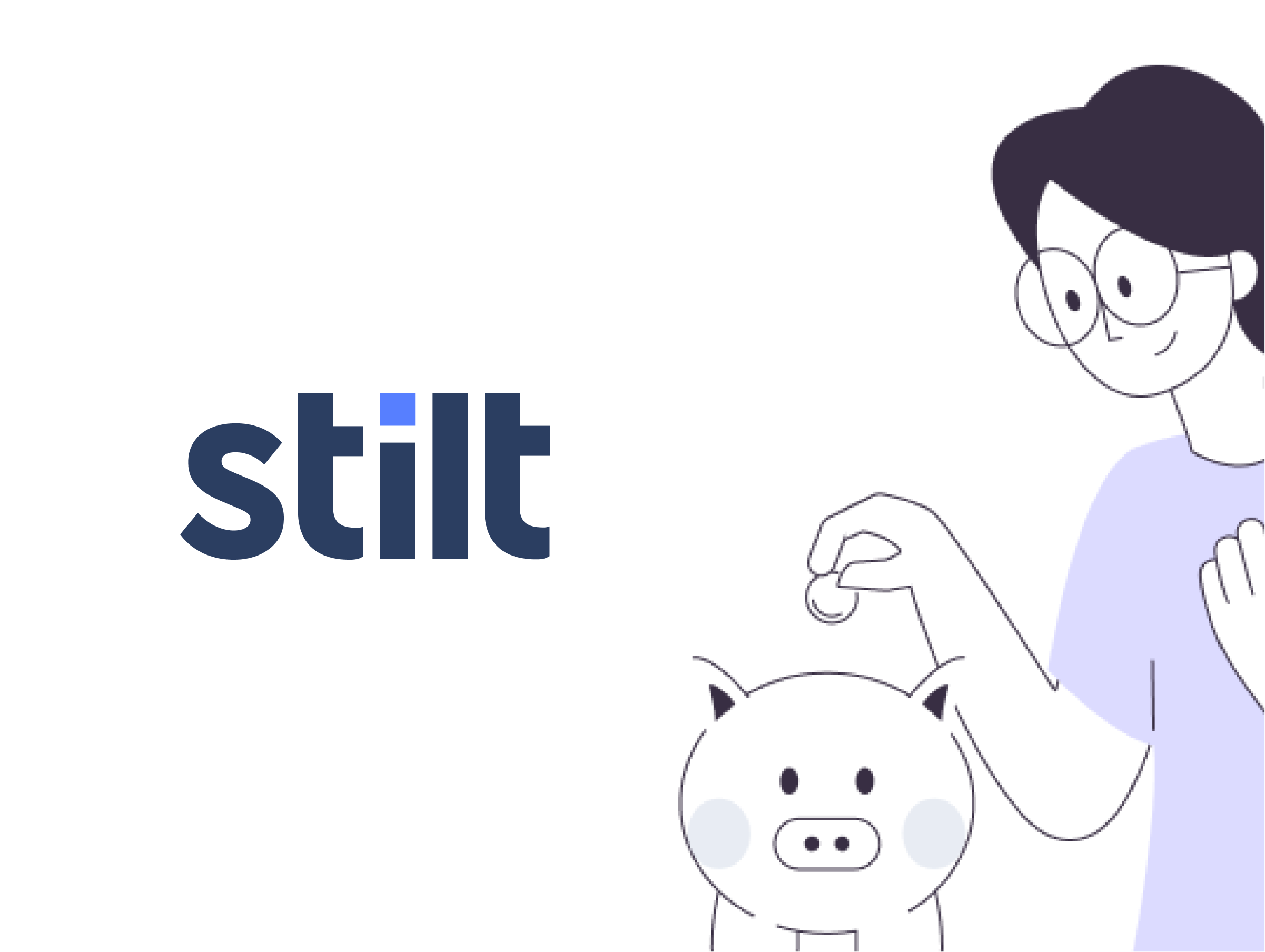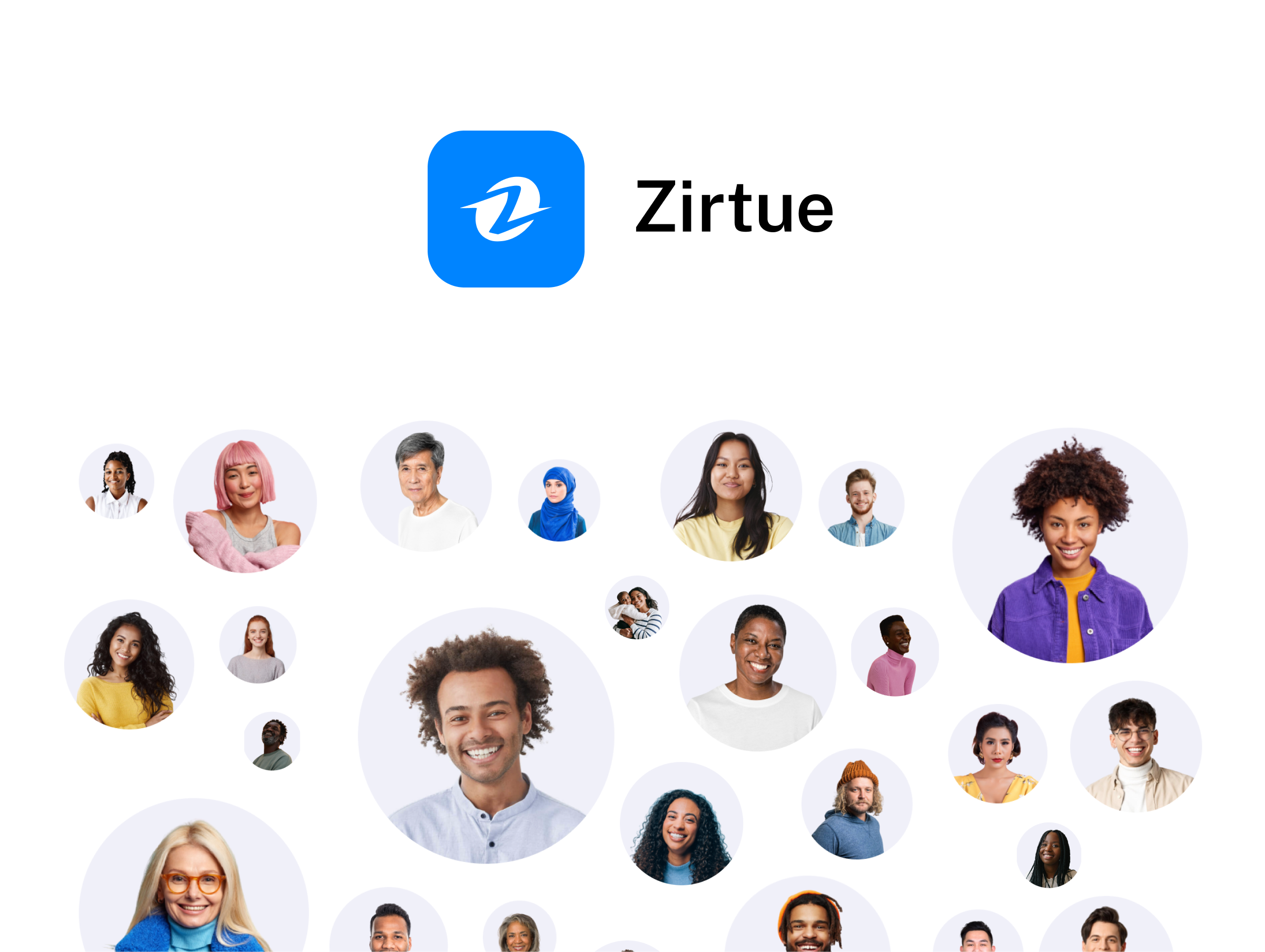CUSTOMER Q&A: Alliant Credit Union
Growing deposits while future-proofing for open banking
A conversation with Jigar Khatri, Technology Leader & Architect for open banking and APIs at Alliant Credit Union.

Goal
Enable fast + secure financial access for customers through open banking APIs
Region
United States
Industry
Banking
Future-proofing for open banking
Open banking regulation is on the horizon, and some financial institutions are already building out solutions to meet it. However, there are benefits beyond compliance. Enabling fast and secure financial access through open banking APIs can also help financial institutions cement their position as their customers’ primary accounts and can increase deposit growth, among other benefits.
In this interview from American Banker’s Digital Banking conference, Bank of the Future, we sit down with Jigar Khatri, an open banking and API technology leader at Alliant Credit Union. We discuss how Alliant has prepared for open banking regulation through APIs, how they leveraged partners like Plaid to get there, and the additional benefits that reliable open banking APIs provide, such as personalized insights, faster onboarding, and growing deposits.
This interview has been edited for clarity and length.
Ashley Woodroffe: Tell us about Alliant, your technology stack, and how everything comes together.
Jigar Khatri: Alliant is a fully digital credit union. We don't have any branches, and we built our ecosystem in-house. We have several applications that we created and maintain, including our online and mobile banking applications.
We’re different from other financial institutions in that we continually invest in technology and have a great technology team with a strong vision from leadership. We’re always improving our stack with upgrades and new technologies.
At the same time, we also focus on improving our member experience. That's what drives everybody at Alliant, and I'm happy to be part of that. I’ve been impressed with our progress in my 12 years.
Ashley Woodroffe: How does Plaid fit into your tech stack?
Jigar Khatri: Initially, we used microdeposits to link our members’ external accounts to their Alliant accounts, but we have since integrated Plaid. Plaid enables instant account verification, which helps provide a superior member experience. Our members thought of microdeposits as a frustrating experience, and now they are a thing of the past.
We looked at some Plaid competitors but chose Plaid because of the seamless onboarding process, secure API access, and broad connectivity to financial institutions. Plaid also provides proper support for maintenance, enhancement, and innovation.
We also introduced Plaid's Core Exchange API in the last couple of years. This replaced a screen scraping method data aggregators use to connect to our application.
Ashley Woodroffe: Regarding the coming 1033 regulation and from an API connectivity standpoint, you built that out with Plaid at a very early stage. What was behind that decision?
Jigar Khatri: Before this regulation, we worked in the API space for about six years. We have APIs built for connecting members' account and loan information, but it was a natural transition into some of the fintech integrations now available in the market.
The main driving focus for us is always the member experience. It was time to find strategic partners that provide the best solutions and ensure we ace the member experience. That drives a lot of deposit growth and gives us a competitive advantage.
“Before we started with Plaid’s API integrations, we had about 30,000 members using Plaid through screen scraping. After implementing Plaid APIs, that number increased from 30,000 to about 140,000, and it's growing."
Technology Leader & Architect for open banking and APIs, Alliant Credit Union
Ashley Woodroffe: It costs financial institutions about $925 in marketing costs to acquire a new member. And about 65% of those new accounts go unfunded. Unfunded accounts are especially a problem with microdeposits, which can take five to seven days and require a lot of manual actions from customers.
From the thousands of banks that switch from microdeposits to Plaid for instant account verification, we’re seeing an average 30% lift in conversion. What kind of numbers are you seeing?
Jigar Khatri: Verifying a micro-deposit is a manual and error-prone process. Many customers called and asked, "Did you get my deposit? I'm not able to see the microdeposits in my account. I need to do this sooner because I'm late on some payments."
After we went live, there was a tremendous decrease in calls. We have reduced member complaints by 20% to 30%, if not more, in our contact center. It was a vast improvement that helped us with cost and operational efficiencies. Now, we can focus on essential things and not worry about the manual steps in the process.
Ashley Woodroffe: In terms of implementation, you have experience in both building and outsourcing to another platform. Can you tell us about your experience on both sides of an implementation?
Jigar Khatri: There’s always an ROI attached to implementation. For anything you’re building, you compare against how much effort you need to put in, what the costs are, and what solutions are available in the market.
The products we have implemented and integrated from Plaid are already available and widely used, giving our members more trust. They can also rely on our backend mechanism to ensure a secure process.
It was a no-brainer for us to adopt versus build. We went with Plaid because it already has the member experience and UI/UX that we wanted, which was providing a seamless onboarding process. A member can add external institutions to their accounts with a click of a button. At the same time, we get access to real-time data that gives us more personal insights. That's what we wanted to focus on instead of building things in-house.
Ashley Woodroffe: Alliant has about 800,000 members. How many of those are connected through Plaid APIs?
Jigar Khatri: Before we started with Plaid’s API integrations, we had about 30,000 members using Plaid through screen scraping. After implementing Plaid APIs, that number increased from 30,000 to about 140,000, and it's growing.
Ashley Woodroffe: What do you now see as an average-sized deposit for both your CDs and opening up a bank account?
Jigar Khatri: We went live with Plaid in mid-2022. Since then, we have seen around $8,000 in average deposits for each new member account. For CDs, we are seeing about $36,000.
Ashley Woodroffe: That’s a high amount of transfer on average and a massive return on that marketing. Very exciting to see. Let's jump over to open banking.
80% of consumers use digital finance apps and services. 69% of consumers would consider switching banks if their primary bank cannot connect to other financial applications. Now, we’re in a world with fewer barriers to opening up new bank accounts and fewer barriers to making them your primary financial institution. Can you tell us about the results you saw after implementing open banking APIs with Plaid?
Jigar Khatri: Before Plaid, member engagement was impacted due to the frustrating experience. As soon as we integrated with Plaid, it became seamless for members. It's easy for them to just go on a platform and authenticate their account with secure APIs. Specifically, we use the OAuth, OpenID authentication protocol for API access.
The Plaid Core Exchange API is easy and secure and provides instant access to your latest account information. That helped our members start using it and avoid the screen scraping process. Not all account connections are migrated to APIs, but it’s where we’re going.
Ashley Woodroffe: You have 130,000 members connected through Plaid out of 400,000 active members. That's a massive level of adoption, but there are about 700,000 all-time connections. In other words, every member connects two or three applications out of Alliant Credit Union, which is really interesting.
You also get insights. Can you tell me what you’re doing with those insights now that you know what your customers are connecting to?
Jigar Khatri: When you have that data, it's an opportunity to provide financial advice that members need. It also helps you upsell or cross-sell your products.
Additionally, the data helps you improve on core competencies. For Alliant, it's ensuring we provide the best member experience and creating products that our members want. It's about using the available customer data—spending habits, income, debts—to create a personalized experience.


